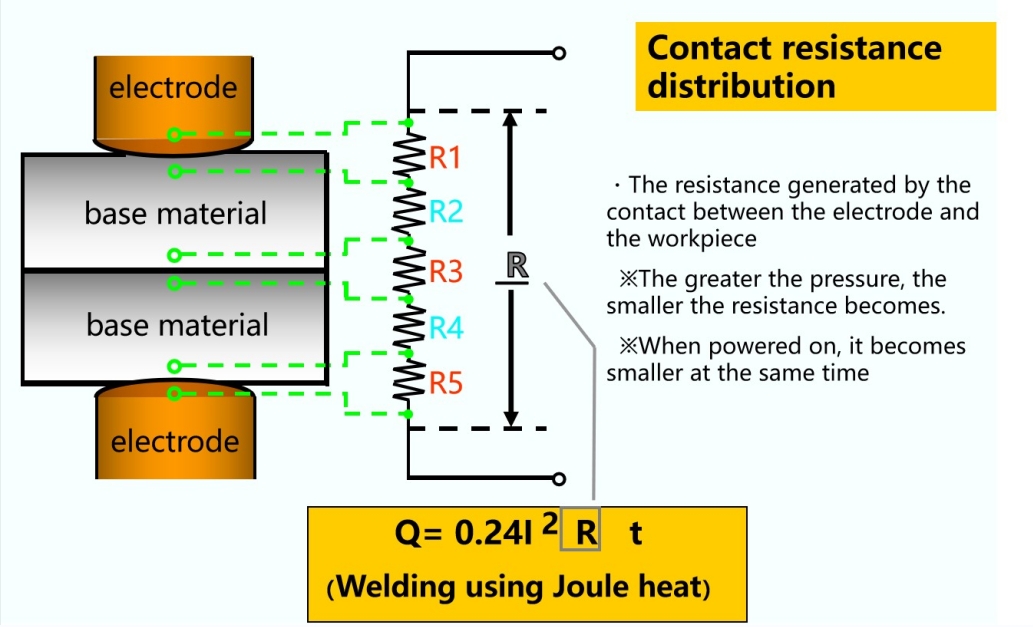The global welding equipment market is worth US$13.735 billion in 2021, with an estimated compound annual growth rate of 7.17% from 2021 to 2026. It will grow to US$19.421 billion in 2026, creating an incremental opportunity worth US$5.68661 billion.
Fundamental
The workpiece to be connected is placed between the two electrodes and pressurized, and current is passed through the welding joint. The heat generated by the resistance of the workpiece is used to heat and form local melting (or reach a plastic state). After the power is cut off in the pressure continues to act, the formation of a solid joint, this process is called resistance welding (or contact welding).
Two major features
① Use internal heat source - use the heat generated by the electric current passing through the resistance of the welding zone for heating;
② Pressure must be applied - under pressure, electricity is heated and cooled to form a joint.
Introduction to resistance welding technology
Resistance welding is a common metal welding method widely used in the manufacturing and repair industries.
The principle of resistance welding is to use the resistance heat generated when electric current passes through the parts to be welded as a heat source to locally heat the parts to be welded and at the same time pressurize the parts for welding.
Align the welding points of the parts to be welded between the upper and lower electrodes to form a closed circuit. When current passes through the resistor, the contact surface of the workpiece to be welded will be affected by heat, causing the surface temperature of the workpiece to rise. Once the surface temperature of the workpiece reaches the melting point, the workpiece will melt and form a nugget, and pressure will be exerted through the upper and lower electrodes to achieve a stable connection between the metals.

Advantages of resistance welding technology
Resistance welding has a wide range of applications. It is widely used in automobiles, aviation, electronics, machinery, construction, home appliances, low-voltage electrical, hardware and other industries. The reason why resistance welding is widely used is due to its technical advantages.
1) Resistance welding can achieve fast welding, welding speed is fast, and production efficiency is improved.
2) Resistance welding has high welding strength and the welding connection is firm and reliable.
3) The heating time during the resistance welding process is short and the heat is concentrated, so the heat affected zone is small, and the deformation and stress are also small. There is usually no need to arrange correction and heat treatment processes after welding, and it is also suitable for the welding of appearance parts.
4) Resistance welding does not require filler metals such as welding wires and electrodes, as well as welding materials such as oxygen, acetylene, and argon, so the welding cost is low.
5) It is simple to operate, easy to implement mechanization and automation, and improves working conditions.
6) No harmful gas is generated. In mass production, it can be integrated into the assembly line together with other manufacturing processes.
Resistance welding market overview
With the continuous advancement of science and technology and the development of industry, resistance welding equipment is constantly being updated, improving welding efficiency and quality. As an efficient and reliable welding method, resistance welding technology is very mature and has wide application prospects. Especially in the automobile, home appliances, low-voltage electrical, aerospace and other industries, resistance welding will continue to play an important role.
——The content of the article comes from the Internet

